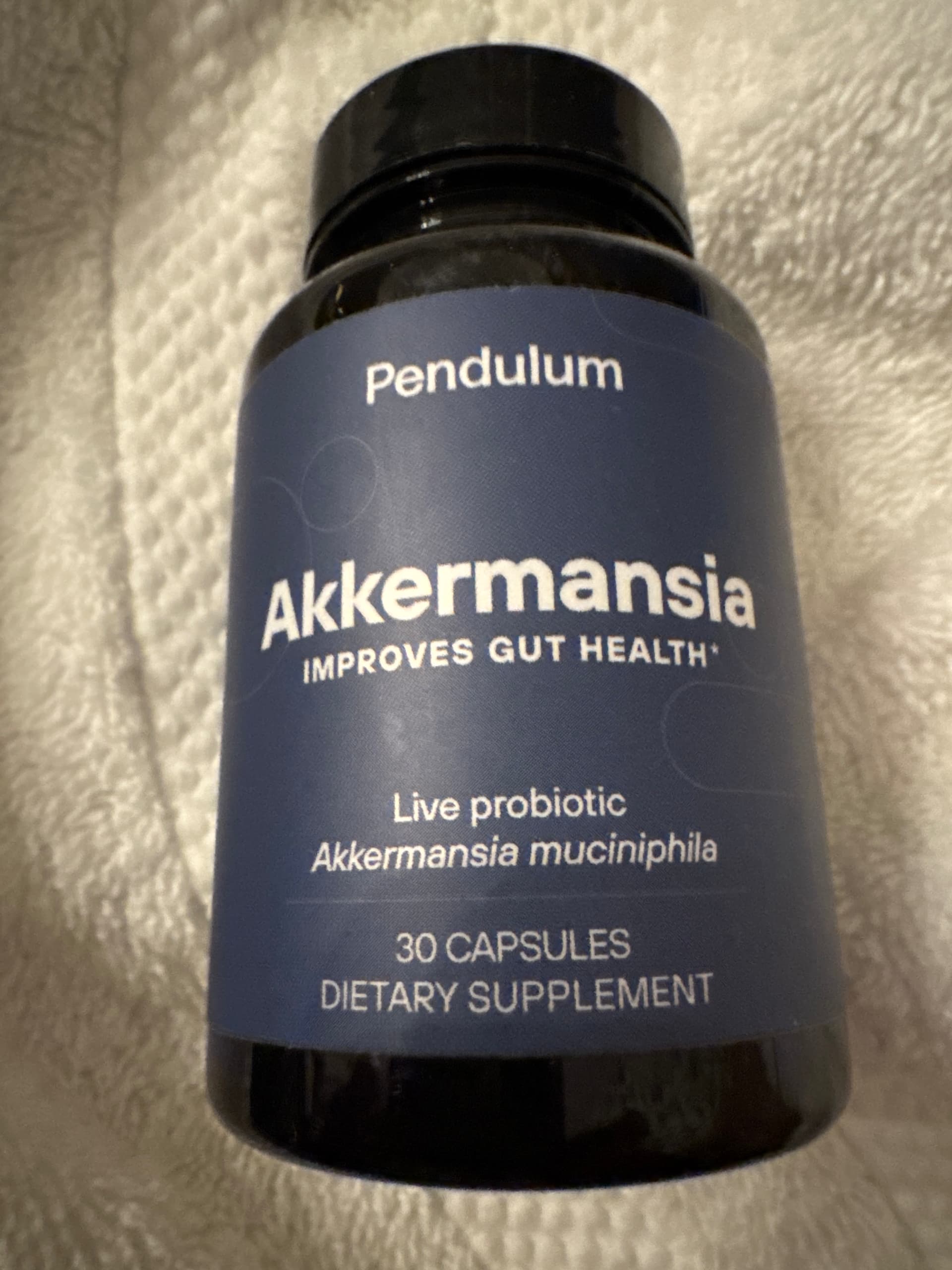My stack per chatGPT5:
Perfect — here’s a clear, evidence-based “centenarian microbiome mini-stack” built around Akkermansia muciniphila, based on the consistent findings from Spain, Italy, and Japan’s longevity studies.
This emphasizes synergy and low redundancy — a compact, high-value mix rather than a 20-strain capsule.
⸻
 1. Akkermansia muciniphila – the barrier and signaling core
1. Akkermansia muciniphila – the barrier and signaling core
Why: Keeps the intestinal mucus layer young and intact; lowers endotoxin leak; improves insulin sensitivity and AMPK tone.
Support foods: pomegranate, cranberry, green tea, cocoa, cooked onions, or chicory root.
Best taken: Morning or with light breakfast.
Form: Pasteurized or live capsule — both show benefit.
⸻
 2. Lactobacillus fermentum ME-3 – antioxidant companion
2. Lactobacillus fermentum ME-3 – antioxidant companion
Why: Boosts glutathione recycling and protects mitochondrial membranes.
Synergy: Works beautifully with Akkermansia because the latter lowers inflammation, allowing ME-3’s redox signaling to persist longer.
Form: Refrigerated capsule or sachet, separate from hot drinks.
⸻
 3. Faecalibacterium prausnitzii (or next-gen postbiotic) – anti-inflammatory anchor
3. Faecalibacterium prausnitzii (or next-gen postbiotic) – anti-inflammatory anchor
Why: Major butyrate producer that calms gut inflammation and stabilizes immune tolerance.
Note: Difficult to deliver live; many formulas now include butyrate precursors or Clostridium butyricum instead, which achieve a similar SCFA profile.
Support foods: resistant starch (cooled potatoes, green bananas, lentils).
⸻
 4. Bifidobacterium adolescentis – fiber converter
4. Bifidobacterium adolescentis – fiber converter
Why: Bridges dietary fiber and SCFA production; often paired with Faecalibacterium in long-lived microbiomes.
Support foods: oats, barley, flaxseed, apple skin.
Benefit: Improves absorption of lutein, zeaxanthin, and magnesium — useful for eye health and mitochondrial cofactors.
⸻
 5. Optional enhancers (postbiotics / feed factors)
5. Optional enhancers (postbiotics / feed factors)
• Polyphenols: pomegranate extract or ellagic-acid capsules (feed Akkermansia).
• Prebiotics: low-dose inulin or galacto-oligosaccharides.
• Mineral co-factors: magnesium glycinate and PQQ (for mitochondrial coupling).
⸻
 My shipment of ME-3 from Estonia is still being held at customs !
My shipment of ME-3 from Estonia is still being held at customs !
